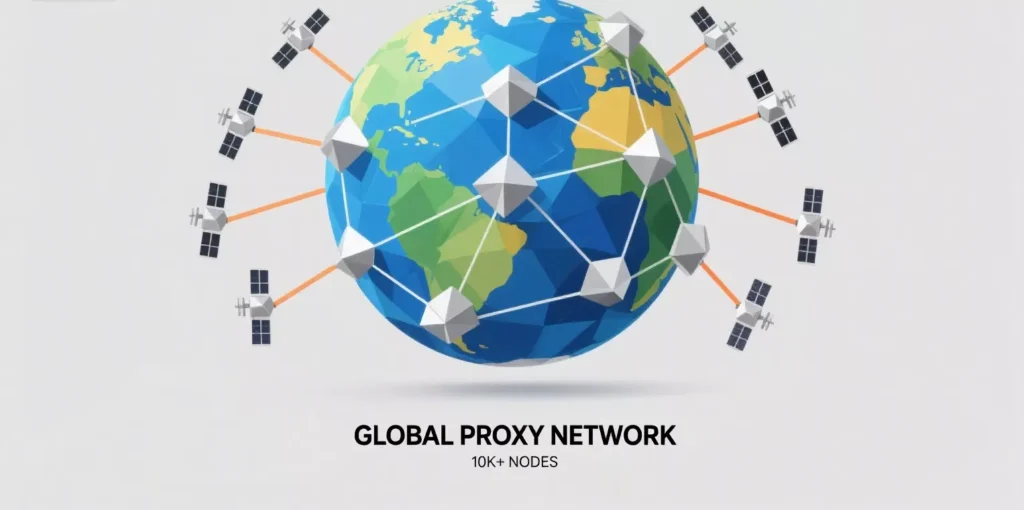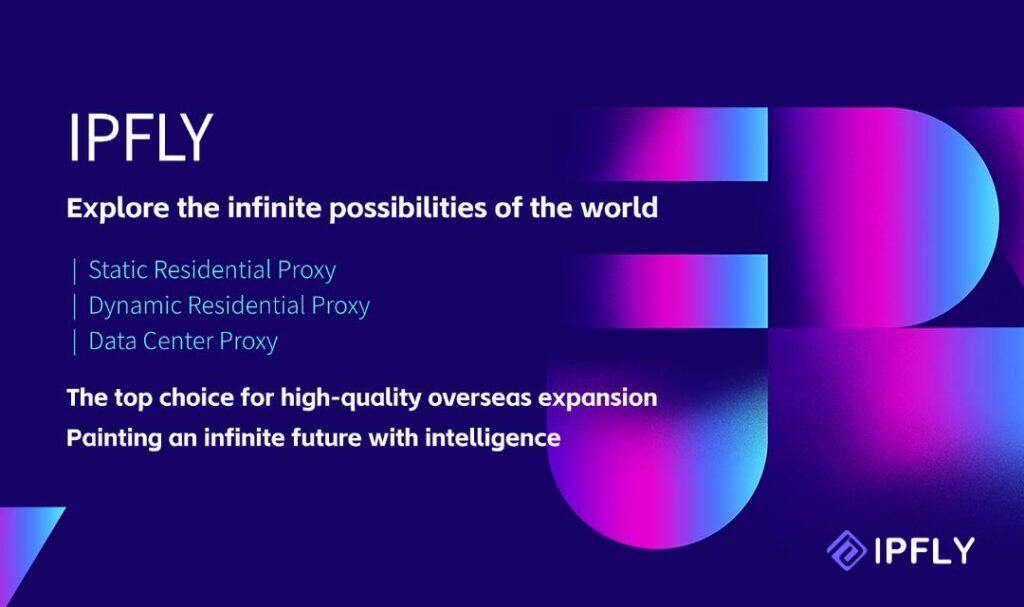Tamilyogi stands as a key platform for accessing Tamil-language films, web series, and entertainment content, utilizing advanced content delivery networks (CDNs) to distribute high-quality media globally. This site employs data compression algorithms and adaptive streaming protocols to deliver videos efficiently, adapting to varying bandwidth conditions based on principles of signal processing and network optimization. However, due to regional regulations, copyright enforcement, and ISP-level blocks, direct access to Tamilyogi is often restricted in certain geographies. These barriers arise from IP-based filtering systems that employ geolocation databases to enforce access controls, reflecting broader applications in cybersecurity and digital rights management.
The term “Tamilyogi proxy” encompasses intermediary servers that reroute internet traffic, masking user identities and enabling circumvention of these restrictions. Grounded in computer networking science, proxies operate by intercepting requests and forwarding them through alternative IP addresses, thereby simulating access from unrestricted locations. This tutorial-focused article explores the scientific foundations, operational mechanisms, practical implementations, and ethical considerations of Tamilyogi proxies, providing structured guidance to enhance understanding and safe usage in 2025.

The Fundamentals of Access Restrictions and Proxy Technology
Understanding Tamilyogi proxies requires an examination of how internet restrictions function at a technical level. Websites like Tamilyogi may be blocked via domain name system (DNS) poisoning or IP blacklisting, where firewalls analyze packet headers to deny connections based on source addresses. Scientifically, this involves packet inspection techniques derived from information theory, where entropy in traffic patterns is evaluated to distinguish legitimate from evasive access attempts.
Proxies address these by acting as relays in the communication chain, leveraging the layered model of the Open Systems Interconnection (OSI) framework—particularly at the application and transport layers. A Tamilyogi proxy, often a residential or datacenter-based server, assigns a new IP address to outgoing requests, effectively anonymizing the user. Residential proxies, sourced from real ISP connections, offer higher authenticity, reducing detection by anti-proxy algorithms that use machine learning to identify non-organic behavior. Studies in network performance demonstrate that well-configured proxies can maintain latency under 100 milliseconds, preserving streaming quality comparable to direct access.
How Tamilyogi Proxies Work: A Step-by-Step Mechanism
The mechanics of a Tamilyogi proxy can be dissected through a tutorial lens, illustrating core concepts in data routing and encryption. When a user attempts to access Tamilyogi, the proxy server intervenes as follows:
1.Request Initiation:
The user’s device sends an HTTP/HTTPS request to the proxy server instead of directly to Tamilyogi. This involves resolving the proxy’s domain via DNS, a process that can be optimized using caching to reduce resolution times.
2.IP Masking and Forwarding:
The proxy receives the request, encapsulates it with its own IP header, and forwards it to Tamilyogi. This encapsulation draws on tunneling protocols like SOCKS5, which support both TCP and UDP for versatile media streaming.
3.Response Handling:
Tamilyogi processes the request as if from the proxy’s location, sending back data packets. The proxy then decapsulates and relays this to the user, ensuring seamless flow.
4.Session Maintenance:
For prolonged sessions, such as movie streaming, proxies employ keep-alive connections to minimize overhead, applying principles from queueing theory to manage concurrent requests efficiently.
This process not only bypasses blocks but also enhances privacy by obscuring the user’s real IP, mitigating risks from man-in-the-middle attacks through optional encryption layers.
Integrating Advanced Services: The Role of IPFLY in Tamilyogi Proxy Strategies
For enhanced Tamilyogi proxy configurations, services like IPFLY offer global residential IPs that integrate seamlessly with proxy setups. IPFLY’s dynamic and static proxies, spanning over 190 countries, provide robust support for Tamilyogi access by offering high-anonymity connections that evade detection. When used in conjunction with Tamilyogi proxy lists, IPFLY enables precise geo-targeting, ensuring reliable streaming without interruptions from regional blocks. This combination leverages network diversity, where IPFLY handles IP rotation while maintaining session stability, exemplifying hybrid proxy engineering.
New to proxies and unsure how to choose strategies or services? Don’t stress! First visit IPFLY.net for basic service info, then join the IPFLY Telegram community—get beginner guides and FAQs to help you use proxies right, easy start!

Advanced Techniques: Configuration and Optimization Tutorials
Beyond basic usage, advanced proxy techniques can optimize Tamilyogi access. For instance, browser extensions like Proxy SwitchyOmega allow manual proxy configuration:
1.Install the extension from a trusted source.
2.Add Tamilyogi proxy details (e.g., IP:port, authentication).
3.Set rules to route only Tamilyogi traffic through the proxy, preserving overall internet speed.
4.Test connectivity by measuring round-trip times with tools like traceroute, aiming for under 200 ms.
Proxy rotation scripts, written in languages like Python, can automate switching:
python
import requests
import random
proxies_list = [
'http://proxy1:port',
'http://proxy2:port',
# Add more from Tamilyogi proxy lists
]
proxy = random.choice(proxies_list)
response = requests.get('https://tamilyogi.example', proxies={'http': proxy, 'https': proxy})
print(response.status_code)This script applies random selection algorithms to distribute load, reducing ban risks based on probabilistic models.
Additionally, combining proxies with VPNs creates layered security, where the proxy handles initial masking and the VPN adds encryption, drawing on cryptographic science for comprehensive protection.
Educational Benefits and Ethical Considerations
Tamilyogi proxies not only facilitate entertainment but also serve as practical tutorials in networking. Users can explore concepts like IP subnetting or bandwidth allocation, applying them to real-world scenarios. Ethically, while proxies enable access, they must comply with legal frameworks; unauthorized content distribution may violate copyrights. Prioritize legitimate alternatives and use proxies to protect privacy on public networks, promoting responsible digital citizenship.
In regulated contexts, verify proxy legality, as some jurisdictions restrict their use. Scientifically, this encourages balanced innovation in access technologies.
In conclusion, Tamilyogi proxies represent a sophisticated application of network science, offering tools for secure and efficient content access. Through these tutorials, users can navigate digital barriers knowledgeably, fostering a deeper appreciation for internet engineering in 2025.


